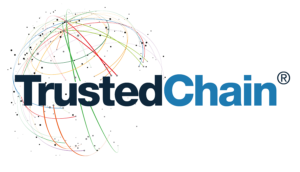Blockchain
tecnology
The blockchain technology is widely acknowledged as one of the greatest IT invention of the last 30 years, since it enables to decentralize any digital transaction on large scale in a secure fashion.
Firstly proposed in 2008 as the core technology of the Bitcoin digital cash protocol, the blockchain has earned its own neutrality and functional autonomy from the original applications of a financial nature and it represents now a stand-alone computing and organizational paradigm, with a number of significant applications.

